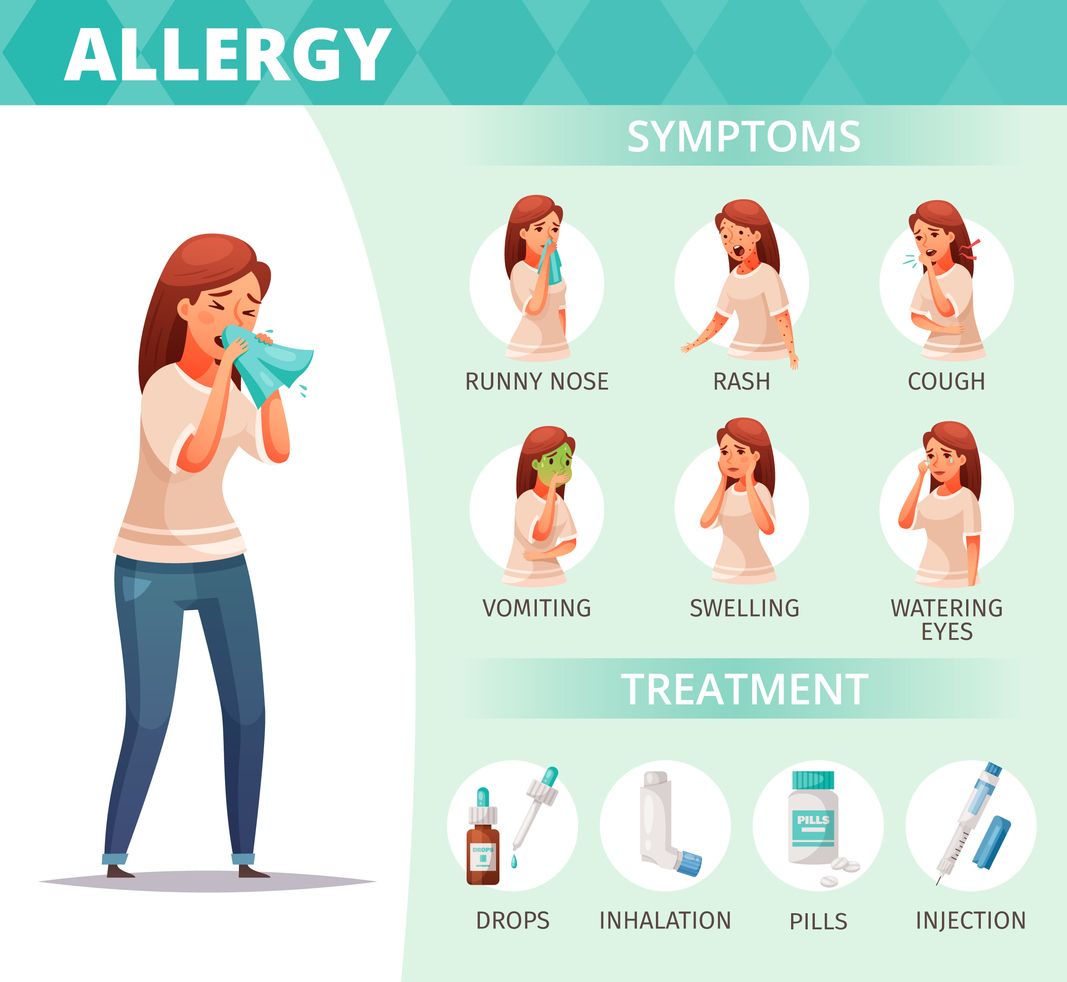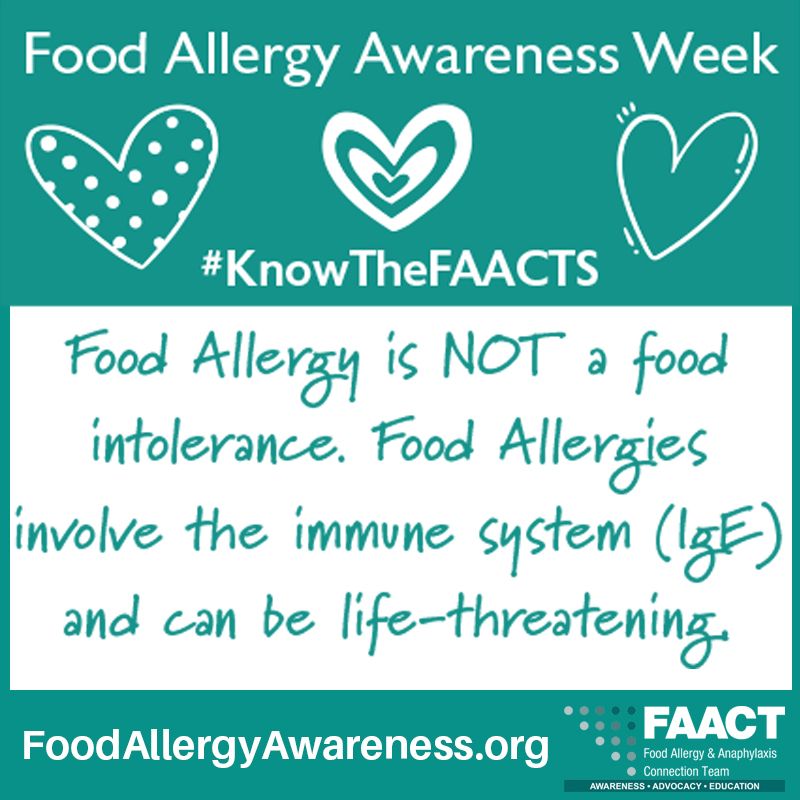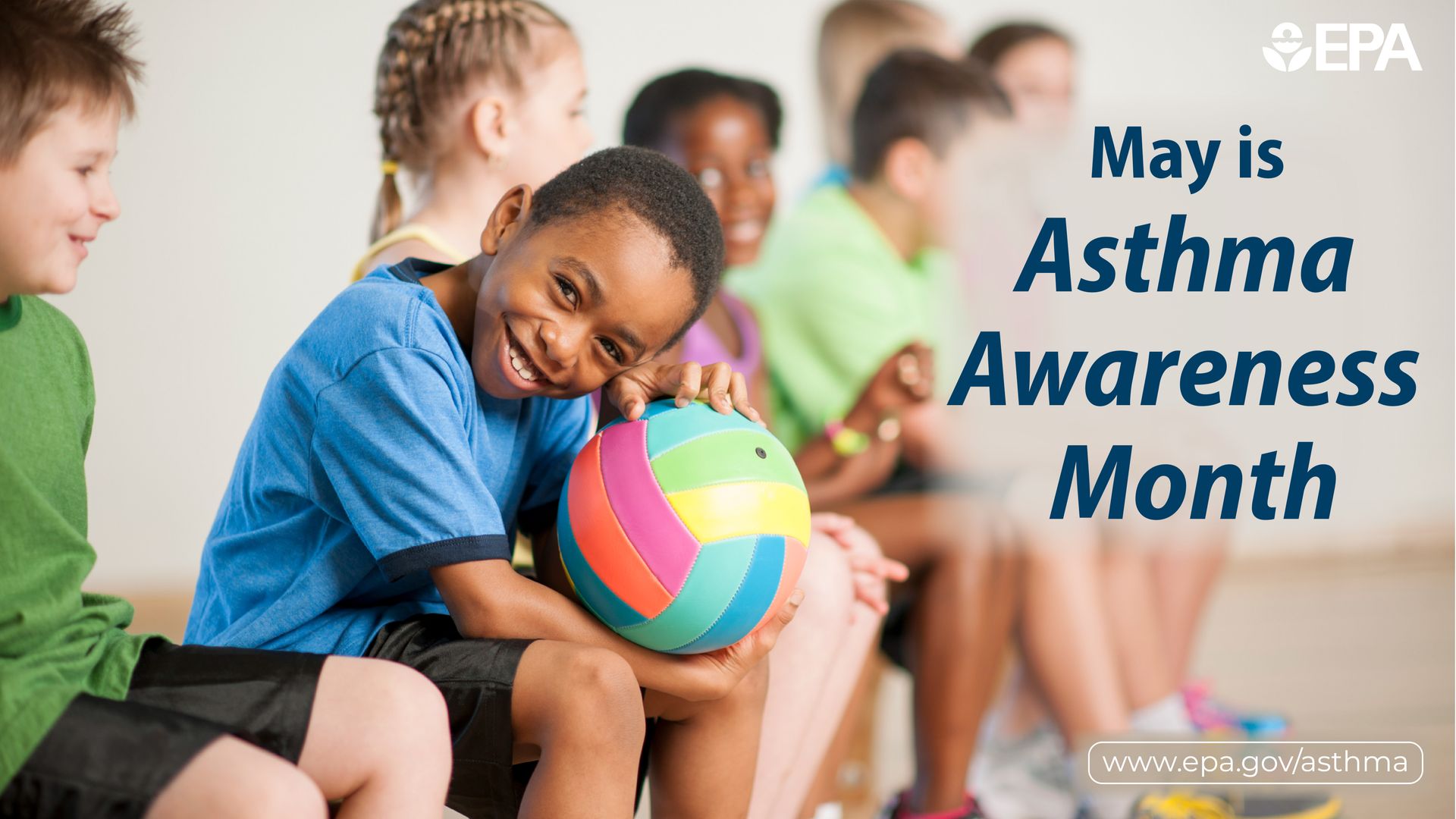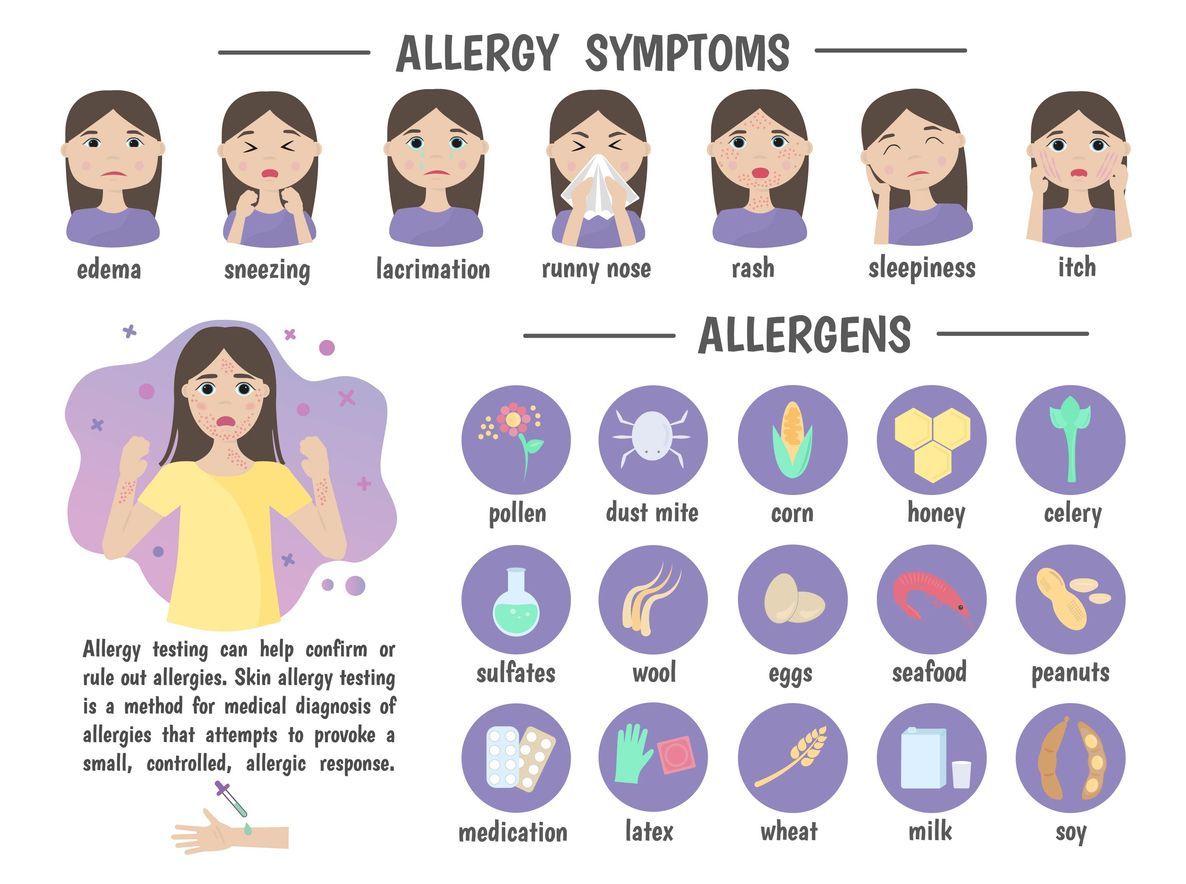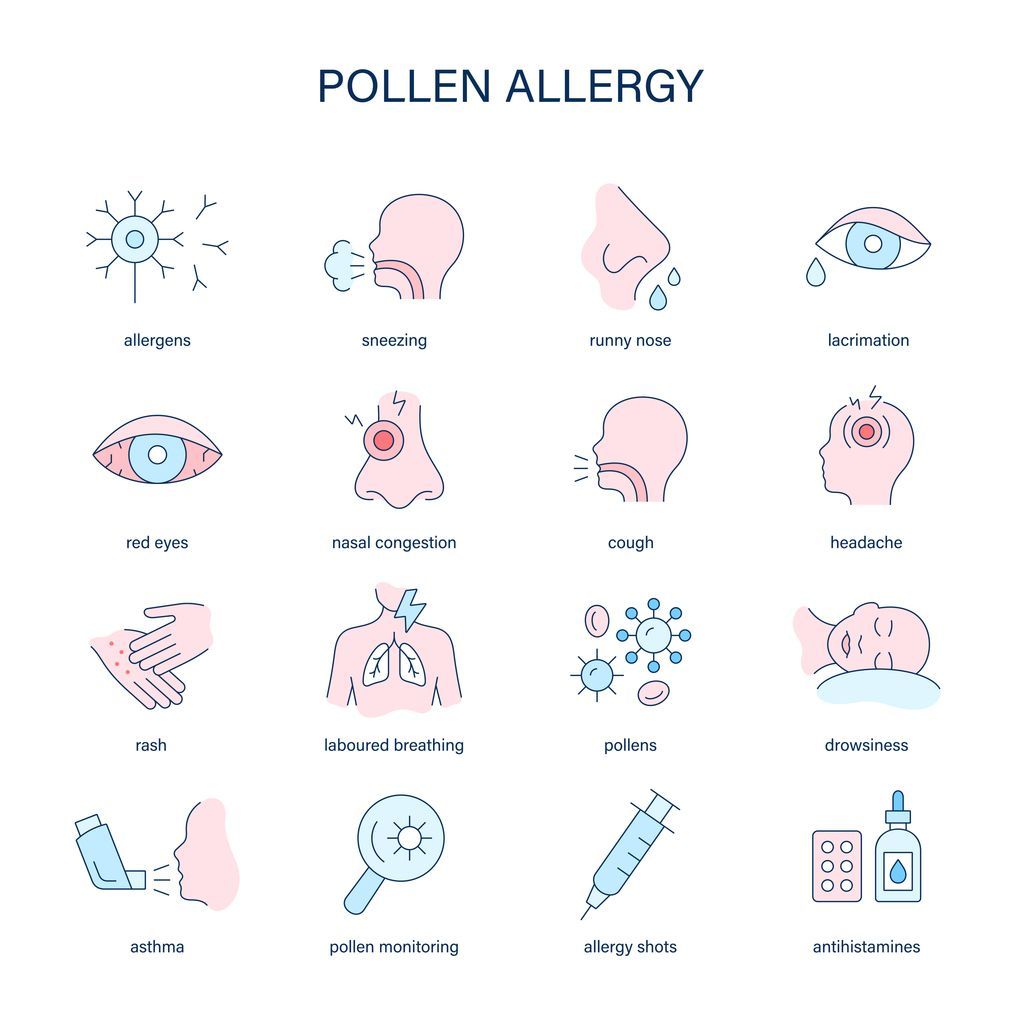A Comprehensive Guide to Pet and Animal Allergies: Causes, Effects, and the Difference between Cat and Dog Allergies
While birds, cats, dogs, horses, and small rodents like hamsters, gerbils, and guinea pigs bring joy and companionship to many, they can also be sources of allergies for some individuals. In this blog, we'll explore allergies caused by these animals, their underlying causes, and the varying effects on people. We'll also dive into the differences between cat and dog allergies, which are among the most common pet-related allergies.
Bird Allergies
- Causes: Bird allergies are often triggered by proteins found in bird feathers, dander, saliva, and droppings. These proteins can become airborne, leading to allergic reactions in susceptible individuals.
- Effects: Symptoms of bird allergies may include sneezing, runny or stuffy nose, itchy or watery eyes, coughing, and in severe cases, skin rashes and difficulty breathing.
Cat and Dog Allergies: The Differences
Both cat and dog allergies share similarities in terms of causes and effects, but they have some distinctions worth noting:
- Causes:
- Cat Allergies: Cat allergies are primarily caused by proteins found in cat dander, saliva, and urine. These proteins can become airborne and settle on surfaces.
- Dog Allergies: Dog allergies, on the other hand, are triggered by proteins in dog dander, saliva, and urine. These proteins can also become airborne or attach to surfaces.
- Effects:
- Cat Allergies: Symptoms of cat allergies are similar to those of dog allergies and may include sneezing, runny nose, itchy eyes, coughing, and skin rashes. Cat allergies tend to be more common than dog allergies.
- Dog Allergies: Symptoms of dog allergies are comparable to cat allergies, with individuals experiencing sneezing, runny nose, itchy eyes, coughing, and skin reactions. However, dog allergies might be less common but can be just as severe.
Dog and Cat Allergy Management:
For both cat and dog allergies, managing symptoms often involves a combination of the following strategies:
- Allergen Avoidance: Minimize exposure to allergens by keeping pets out of bedrooms, using high-efficiency particulate air (HEPA) filters, and regularly cleaning and vacuuming your home.
- Medications: Over-the-counter or prescription antihistamines, decongestants, and corticosteroids can provide relief from allergy symptoms. Allergy shots, or immunotherapy, are also an option for long-term symptom management.
- Regular Pet Grooming: Regularly grooming your pets, including brushing and bathing, can reduce the amount of allergens they shed.
Cockroach Allergies
- Causes: Cockroach allergies result from exposure to proteins in cockroach saliva, feces, and body parts. These allergens can become airborne and settle on surfaces in homes with cockroach infestations.
- Effects: Allergic reactions to cockroaches may include nasal congestion, sneezing, coughing, wheezing, skin rashes, and in some cases, asthma exacerbation.
Horse Allergies
- Causes: Horse allergies are typically triggered by proteins found in horse dander, saliva, and urine. These proteins can become airborne and cause allergies in those sensitive to them.
- Effects: Symptoms of horse allergies may include sneezing, runny nose, itchy eyes, coughing, and skin rashes.
Hamster, Gerbil, and Guinea Pig Allergies
- Causes: Allergies to small rodents like hamsters, gerbils, and guinea pigs are primarily caused by proteins in their urine, feces, and bedding materials.
- Effects: Allergic reactions may manifest as sneezing, runny nose, itchy eyes, and skin rashes.
While pets and animals can be wonderful additions to our lives, they can also bring about allergies in some individuals. It's essential to understand the causes and effects of these allergies and how to manage them effectively. Allergy management typically involves a combination of allergen avoidance, medications, and, in some cases, immunotherapy. If you suspect you have allergies to animals, schedule an appointment with Iowa Allergy for proper diagnosis and guidance on how to minimize your symptoms and continue enjoying the company of your furry or feathered friends.




